A chord inversion occurs when a chord tone that isn’t the root occupies the bass (lowest voice) of the chord. Chord inversions are typically noted by the chord symbol, a “/” , then the pitch name that occupies the bass.

While chords are often derived by consecutively stacking 3rds, this is not always the case.
The number of inversions a chord has is directly correlated to the chord’s natural voice count.
Root Position – 1st note of chord in bass (Always root)
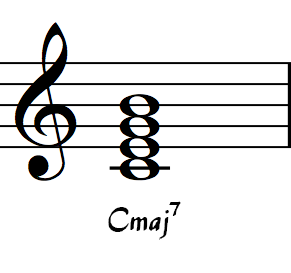
1st Inversion – 2nd note of chord in bass (often 3rd)
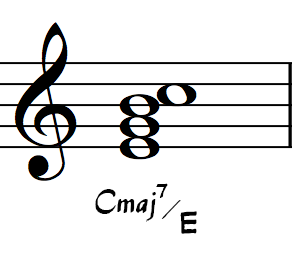
2nd Inversion – 3rd note of chord in bass (often 5th)
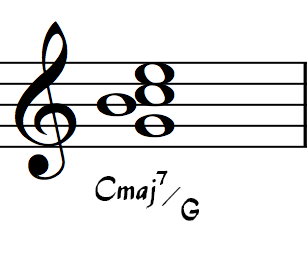
3rd Inversion – 4th note of chord in bass (often 7th)
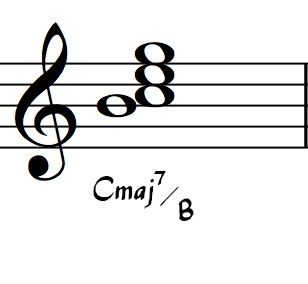
4th, 5th, and 6th inversions are rarely referred to as such in music theory, and only exist in large chords with 5 or more notes, however are useful as a representation of chords where tensions (9’s, 11’s, or 13’s) are occupying the bass.
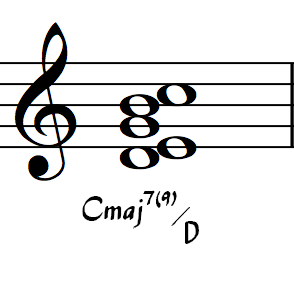
5th Inversion – 6th note of chord in bass (often 11th)
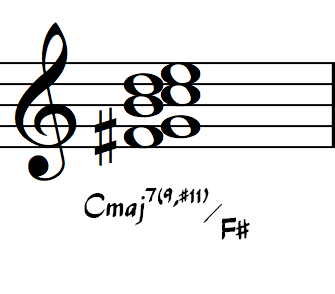
6th Inversion – 7th note of chord in bass (often 13th)
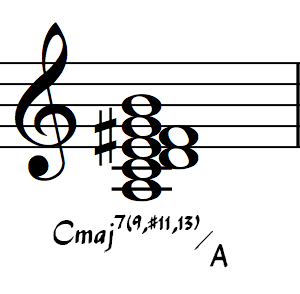
Chord inversions may also be indicated using a technique called figured bass, commonly used to analyze classical music.
Learn how to explore inversions using Cymasphere.




